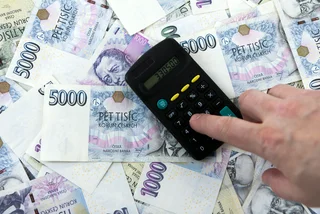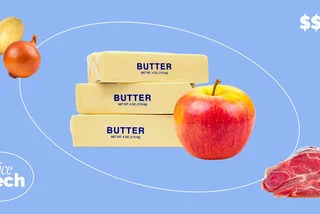Taxes can be stressful for a small business owner. Not only is business tax liability complicated, but many firms in the Czech Republic aren’t aware of the many strategies available to help you lower those tax payments.
DoMyTax – which carries the highest level of tax certification and is a member of the Czech Chamber of Tax Consultants – is breaking down 7 ways you can minimize your tax liability, including three already-proven and four brand new tax minimization strategies you can implement right away.
Accelerated depreciation of fixed assets
Starting on January 1st, 2021, companies have a chance to use increased depreciation for property that belongs to the company. These include:
- office equipment
- cars
- furniture
- assembled buildings made of plastic and wood
- vending machines
- refrigeration and freezing units
Increased depreciation can only be used for assets acquired between January 1st, 2020 and December 31st, 2021, and only for the first owner of that property to use depreciation. This means if you bought something second hand and the previous owner already claimed this property in his taxes, you cannot do it again.
Tangible assets can be divided into two groups. Those included in the first group can be written off as expenses up to 100% of the initial price within 12 months. Assets from the second group have up to 24 months to be written off -- up to 60% of the initial price in the first 12 months and the remaining 40% in the following 12 months.
Assignment of property expenses with a value of up to CZK 80,000 CZK
The limit for acquired fixed assets for the company has been increased from CZK 40,000 to CZK 80,000. This can be applied to fixed assets purchased on or after January 1st, 2020. This option is optional – you can use depreciation instead.
Write-off of intangible assets
Software, websites, research and development results, rights and other similar assets with a price of over CZK 60,000 CZK were previously required to be amortized over 9, 18, 36 or 72 months, depending on the type of asset. From January 1, 2020, the value of these assets can be filed at the company’s discretion.

Benefit for employees in the form of cash benefits for food
Up until recently, companies could only provide employees with this type of benefit (Stravenkový paušál) in the form of food vouchers or through their own canteen.
Smaller companies rarely took advantage of this opportunity, since it was administratively difficult, you have to pay a commission for vouchers, and it is not easy to maintain a canteen. Since January 2021, it’s now also became possible to simply pay an employee the voucher amount in cash or to a bank account along with the salary.
The maximum amount that an employer can attribute to costs that reduce the tax base is calculated as 70% of the cost of meals on business trips. This means the employer can provide up to CZK 75.6 for each day worked or up to CZK 1,587.6 a month.
For the employee, this will be exempt income, and for the company, it will be a way to lower the tax base.
Gasoline discount (“Paušál na dopravu”)
If you use a car to do business, be sure to use the flat rate for petrol and parking, which can be up to CZK 180,000 per year. This includes CZK 5,000 per month for one vehicle, but can be used for up to three cars, motorcycles or other vehicles.
While the traditional gasoline deduction requires you to track all trips, Paušál na dopravu can be done as a flat fee, which significantly reduces the administrative burden.
Writing off debts
If customers owe you money, then the debt can be written off to reduce the company's income. Small debts of up to CZK 30,000 can be written off after 12 months.
Debts over that limit are written off in two stages: 50% of the debt amount after 18 months, the remaining 50% after 30 months. Debts can be written off up to three years from the date of payment.
Property repair reserves
This tax optimization tool is not very popular, because it requires you to deposit the amount of the reserve into a special account. But since the funds can be sent to that account just before the end of the year, this means you can choose to do this at the last minute to offset high profits.
This provision can only be used for assets that have expected service lives of at least five years.












 Reading time: 3 minutes
Reading time: 3 minutes 





















